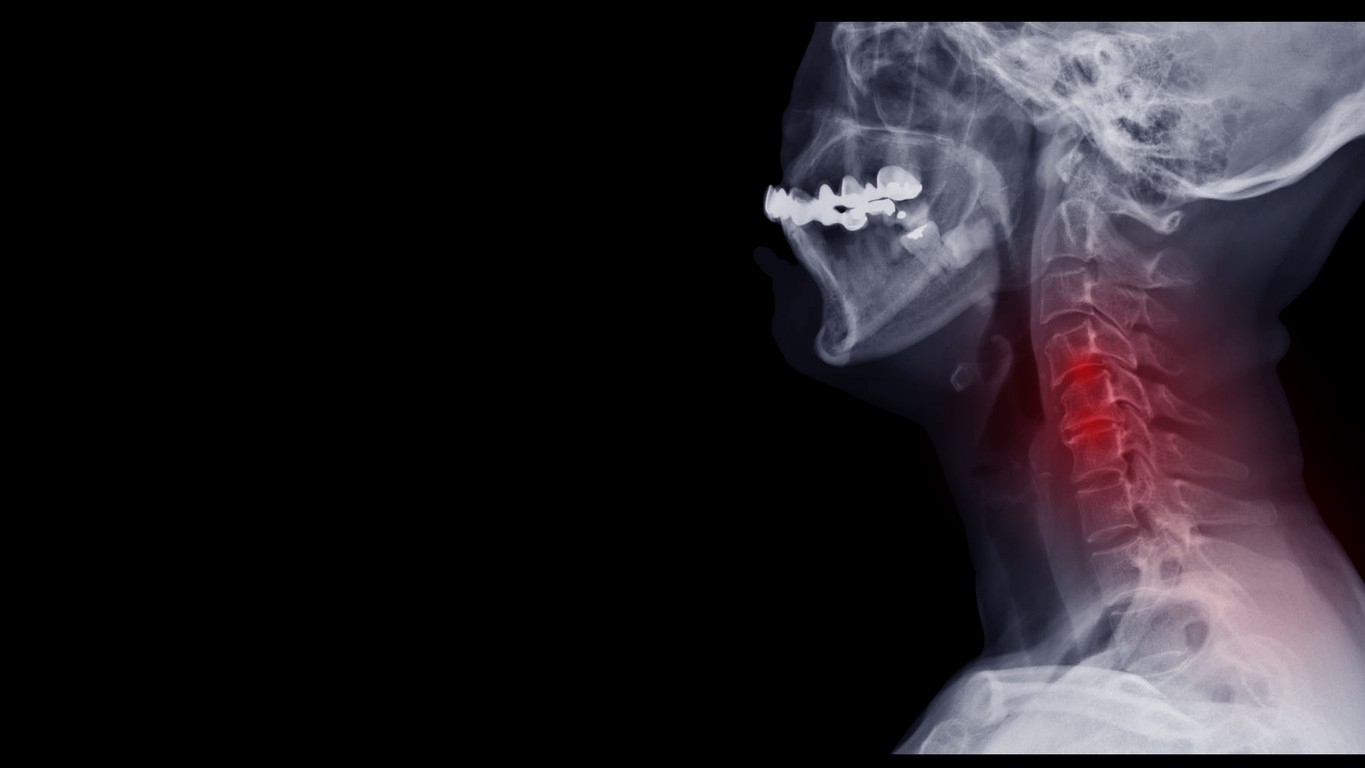What are the Leading Causes of Cervical Spondylosis
Cervical spondylosis is an age-related condition that affects the discs and joints in the cervical spine. It may also be referred to as cervical osteoarthritis or neck arthritis. The condition is common because the cartilage and bones experience wear and tear with age. There are other factors that can cause the onset of this condition, but age is the number one factor. In fact, more than 85 percent of people aged 60 and older have cervical spondylosis.
Let’s learn more about the leading causes of cervical spondylosis and what symptoms to be on the lookout for. If you do develop the condition, you can work with a pain management specialist to get pain relief and lower the risk of permanent damage.
What Causes Cervical Spondylosis to Develop?
As you get older, the discs in your back dehydrate and shrink. Signs of osteoarthritis develop, which can include bony projections along the edges of the bones. Cervical spondylosis is very common, and only some people experience discomfort. Many have no symptoms.
Let’s look at the common causes and risk factors to be aware of.
Common causes of cervical spondylosis
- Dehydrated discs. Discs act as cushions, protecting your vertebrae. But by age 40, most people’s discs begin drying out and shrinking. This causes more bone-on-bone contact, which can lead to pain.
- Herniated discs. Your age also affects the exterior of your spinal discs. They’re not as smooth – instead there are often cracks that appear, leading to herniated discs. These bulging discs can sometimes press on the nerves and spinal cord.
- Bone spurs. As the discs degenerate, the spine may produce extra amounts of bone to strengthen the spine. Unfortunately, these bone spurs can pinch nerve roots.
- Stiff ligaments. Ligaments are short bands of tissue that connect bone to bone. They, too, can stiffen with age and cause you to be less flexible.
Common risk factors for cervical spondylosis
You can’t help aging – it’s a natural process. But there are some risk factors that can make you more or less likely to develop cervical spondylosis. These include:
- Occupation. If you have a job that requires repetitive motions, awkward positions or a lot of overhead work, you’re at a greater risk of developing cervical spondylosis. This happens because you’re overworking the neck joints and ligaments.
- Neck injuries. If you’ve suffered a neck injury before, you’re also at a higher risk for cervical problems. Make sure all neck injuries are treated by a professional so that they heal correctly.
- Obesity. Having an inactive lifestyle can also put you at risk for conditions like cervical spondylosis. Being active and maintaining a healthy weight can fight off symptoms.
- Smoking. Smoking has also been linked to increased neck pain. If you’re a smoker, talk to your doctor about quitting.
Get Treatment for Cervical Spondylosis
As you can see, cervical spondylosis is a common condition that most people will experience in their older years. The good news is that many people have no symptoms. However, some do. If you are in the latter group, Jersey Rehab can help manage your pain.
We have a number of treatment options that work effectively for treating neck pain, including steroid injections. Your pain management specialist can determine the best course of action for your needs. You may also be encouraged to take prescription medication and participate in a physical therapy program.
Contact Jersey Rehab today at one of our two locations and see how we can help you live a more comfortable and active life, even with cervical spondylosis.

